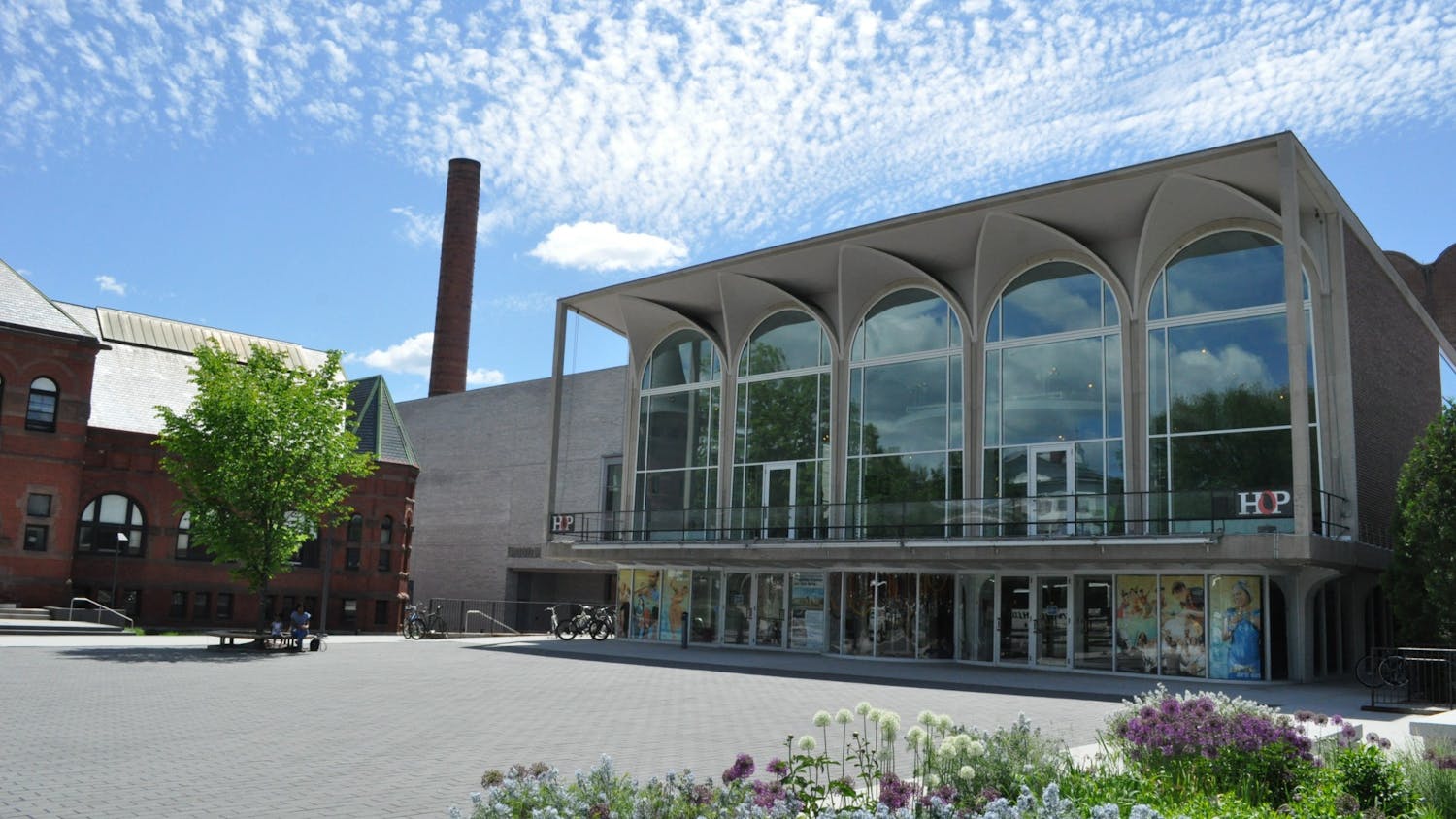The tribute consisted of a short compilation of three clips from his past works along with a speech by Bill Pence, director of film at the Hopkins Center, in which he described Wiseman as "an 80-year-old master at the peak of his career." The bulk of the program, however, was filled by a screening of "La Danse," followed by a discussion with Wiseman about the film.
During the post-film discussion, Wiseman told the audience that he had to seek the permission of the Paris Opera Ballet's artistic director Brigitte Lefevre to begin filming "La Danse." She obliged, and with the unrestricted access she allowed, Wiseman created one of the greatest dance films ever made. Clocking in at just over two and a half hours, however, the film isn't meant to be everyone's cup of tea and that's just fine with Wiseman.
"I don't know [the audience,] I don't know their background or their story," Wiseman said in an interview with The Dartmouth. "And I have a hard enough time thinking about what the film will be without editing for some fantasy of the lowest common denominator."
Yet "La Danse" succeeds where other dance documentaries fail. Too often, such films do little more than string together choreography or focus heavily on the amount of work dance requires, portraying ballerinas like Chinese gymnasts. "La Danse," on the other hand, gives viewers get a truly in-depth look at the amount of work that is put into a ballet, thanks largely to clips of choreographers carefully and critically dissecting each detail, down to the length of the performers' underwear. These nuances create a wonderful contrast with the montage of the finished performances shown at the end of the film.
Wiseman also subtly inserts several behind-the-scenes plotlines into the film, recognizing that much of the institution's intrigue takes place offstage. Sequences of rehearsals and performances are interspersed with scenes from the company's costume workshop, the cafeteria and the rooftop of the Palais Garnier, where a retired stagehand has taken up beekeeping. Wiseman also employs shots of Parisian architecture, underscoring the company's 300-year history as a fixture in the city. And the scenes with Lefevre demonstrate that the insular world presented is both in a state of constant internal flux and under attack from the outside world.
Thus, as is the case with Wiseman's previous works, the real goal of the film is to give audiences a sense of the institution and to show the day-to-day workings of the ballet. The film has a certain complexity that makes it difficult to follow at points, but which allows the viewer to see the Paris Opera Ballet as a whirlpool of activity, focused on multiple projects at any given time.
"If I can summarize the film in 25 words or less, I shouldn't have made the movie," Wiseman said.
The film also represents a geographical shift for the filmmaker. Prior to "La Danse," American institutions have been at the center of most of his movies including his first dance feature, "Ballet" (1995) which followed the American Ballet Theater. He said he chose to return to the subject after completing his previous film, 2006's "State Legislature," which was about the Idaho Congress.
"The Idaho Legislature was all talk, and movies are supposed to be about movement and ballet is all about movement. So ballet is my version of an action movie," he said at the DFS tribute.
Wiseman shot the film over 12 weeks, observing and recording from the start of classes through the end of rehearsal each day. Of the 100 hours of footage generated, Wiseman initially cut about 50 to 60 hours of material. It then took six to eight months to turn what was left into a usable, cogent piece and a further four to eight months to produce the final cut.
According to Wiseman, finding the perfect pacing for this film was particularly difficult. He has succeeded, however the film moves effortlessly through every scene, borrowing speed from its subject along the way.




